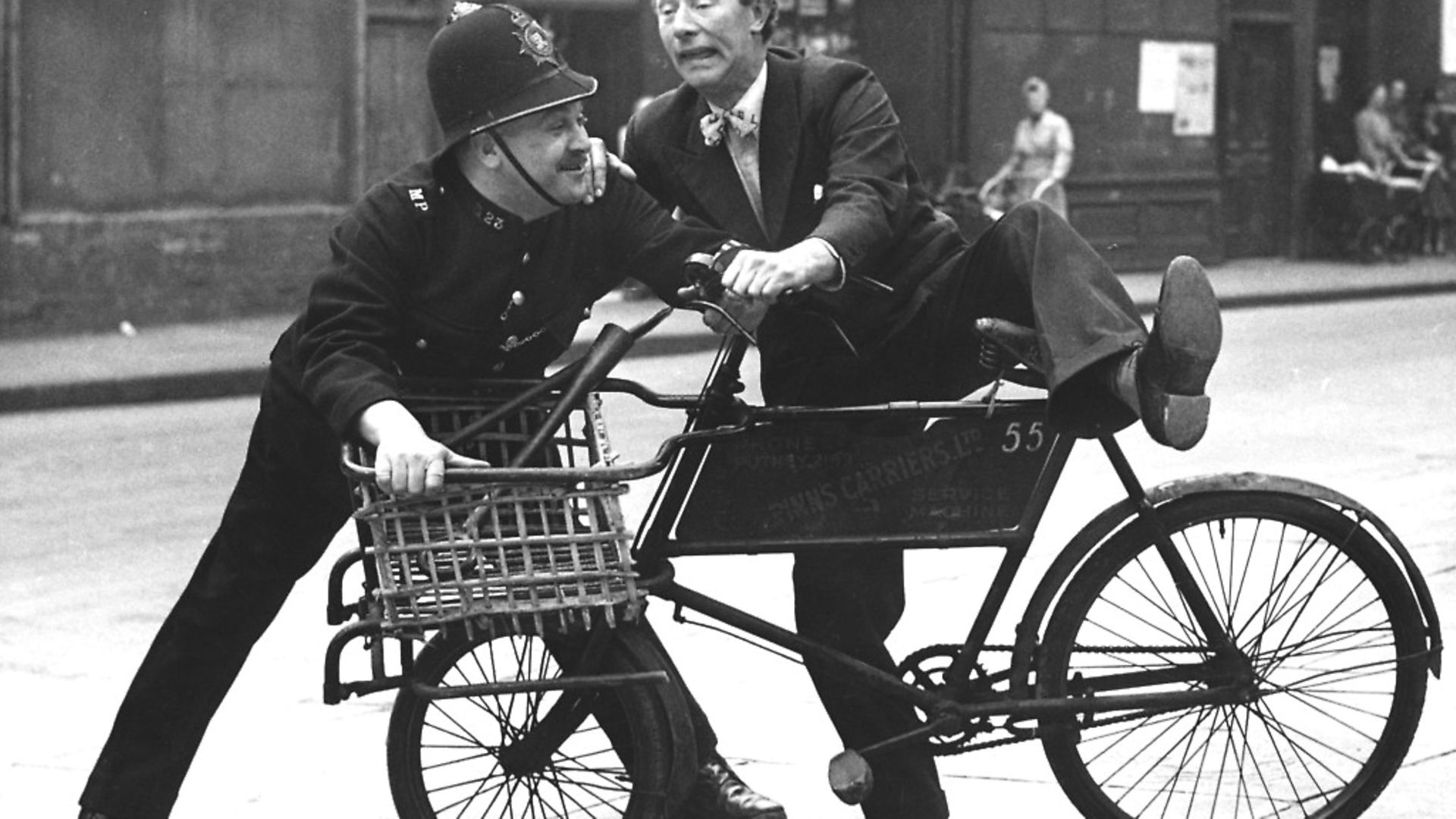
Ealing studio’s film comedies were far more challenging and subversive than their reputation for cosy eccentricity suggests. As one of the series’ classics is re-released, JAMES OLIVER re-evaluates a British institution.
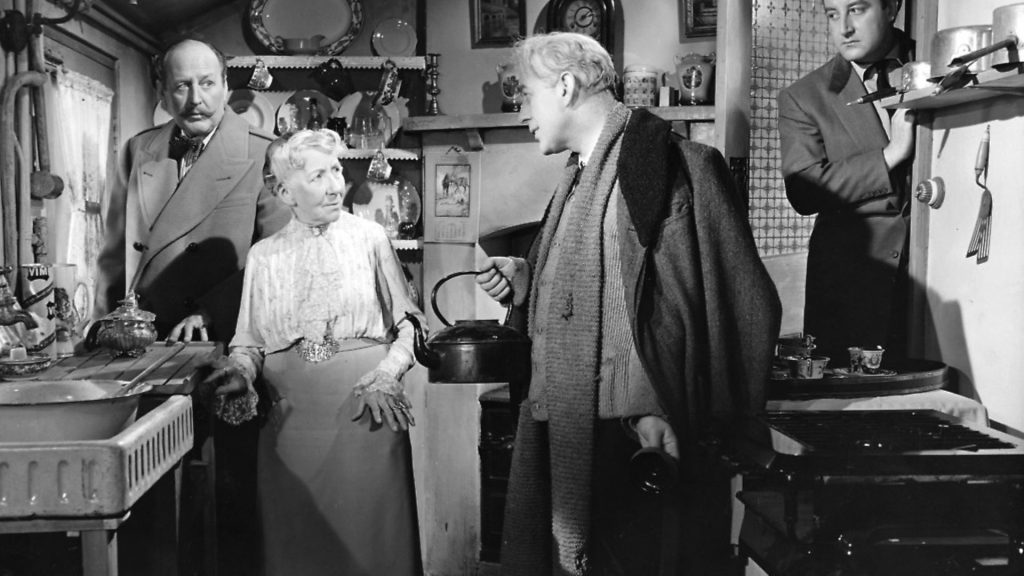
It’s always hard to pinpoint the precise moment of change. In the case of cinema, as in music, the task is further complicated by the fact that, in seeking to declare a particular year of vital importance in altering an art form, one needs to consider when a certain film came out and in which particular territory.
For some, the year motion pictures grew up will always be 1968. Planet Of The Apes, 2001: A Space Odyssey, Rosemary’s Baby – there’s no denying that it was an important 12 months for American film. However, there’s no getting around the fact that one of the year’s key pictures, Arthur Penn’s Bonnie and Clyde, had actually been released in 1967 and only caught on in 1968. And then there’s Donald Cammell and Nicolas Roeg’s Performance, produced in 1968 but left on the shelf for two years before its release, it being way too extreme for the pop kids of the late 1960s.
Naturally, some of 1969’s key pictures are similarly encumbered. Costa-Gavras’s political thriller Z didn’t make it to America until the Christmas decorations were up.
It’s the sheer number of influential films that makes 1969 impossible to ignore, however; that and the fact that it wasn’t only Hollywood that came to embrace the underground. From Neath to Nagoya, from Rome to Rio – the whole planet succumbed to the counter-culture and to a new generation of cinema for which too much never seemed quite enough.
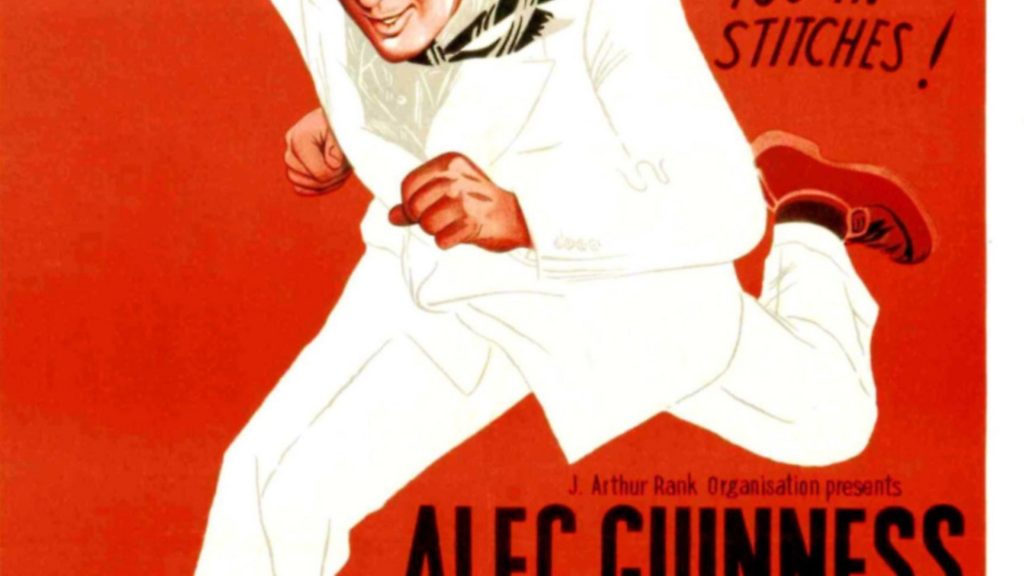
Of course, music, literature and television embraced the ‘way out’ long before the decade’s end. If mainstream film was rather late to the party, it’s in large part due to the time and expense involved in making motion pictures. While those other media have the turning circle of a
London taxi, films and film studios are like oil tankers in that they take an age to change direction. In truth, it’s rather remarkable that the majors were amenable to financing pictures about sex and drug and rock ‘n’ roll before the 1960s became the 1970s. With the Poverty Row outfits making a killing with their B-pictures about biker gangs and rock groups and reefer-addled, out-of-control teens, financial expediency left the big boys obliged to hold their nose and take the plunge.
If one film more than any other can take credit for upsetting the mainstream apple cart, it’s Easy Rider. So what if time hasn’t be incredibly kind to Dennis Hopper’s tale of two bikers crossing the US in search of the American Dream – when it came out, no one had seen a movie quite like it, at least not outside the crazed world of Roger Corman B-pictures.
Here was Hopper, a blacklisted method actor with an appetite for destruction, and Peter Fonda, the wayward son of a Hollywood acting institution, as the co-creators of a film that embraced dropping out and embracing life’s every excess.
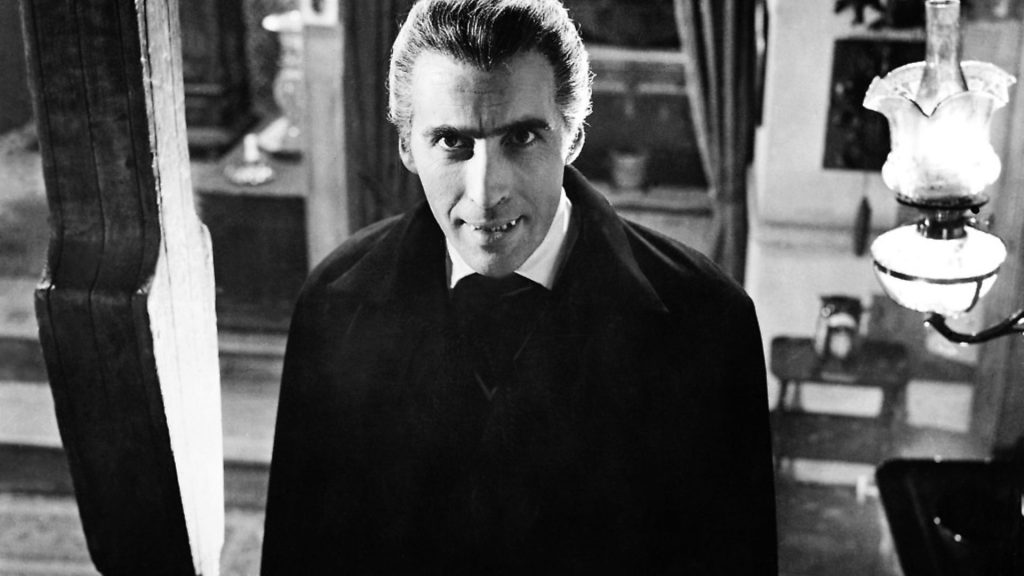
A career-making turn from Jack Nicholson, stunning riding scenes that play like early music videos, a game attempt to realistically capture an LSD trip on camera, Easy Rider had plenty going for it. A smash hit at Cannes, where the three leads high-kicked their way along the Croisette dressed like roadies for The Grateful Dead, the film wound up taking more than $41 million in the US alone.
Producers Bert Schneider and Bob Rafelson, who funded the picture with the money they’d made inventing The Monkees, took their windfall and allowed all of Easy Rider’s key personnel the opportunity to make another film. The fruits of this largess were patchy, but the execs’ daring indicated a new model for making movies, one that wasn’t beholden to the Hollywood studios.
It’s an approach that appealed to Sam Peckinpah, the belligerent, no-nonsense director of westerns and action movies who took great pleasure in torturing producers. Even while working under the auspices of Warner Bros, ‘Bloody Sam’ couldn’t help but push the envelope.
In someone else’s hands, 1969’s The Wild Bunch might have been an efficient western thrill ride. With Peckinpah at the reigns, it became a love letter to a dying way of life, albeit written in enough blood to drown a man.
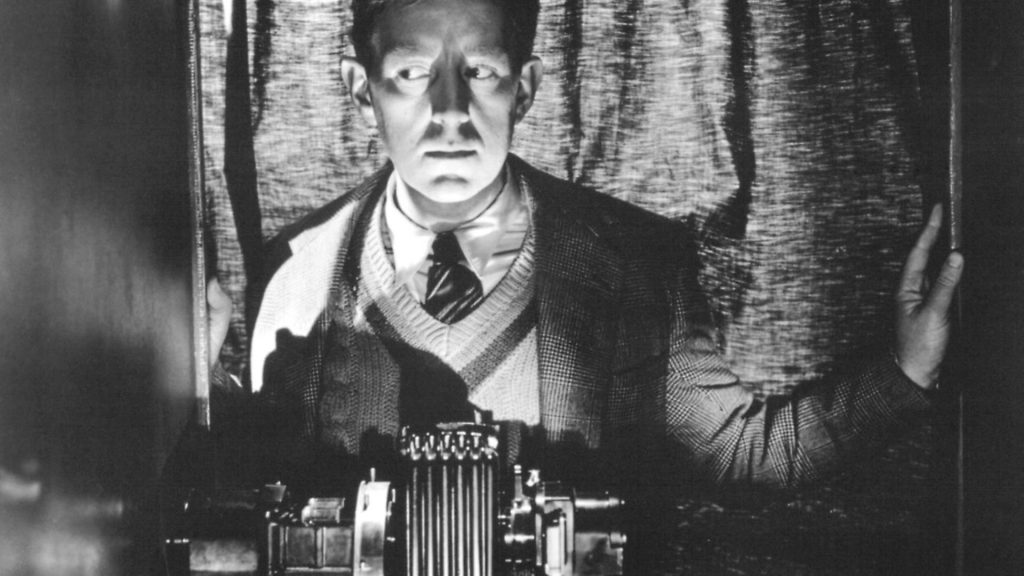
Speaking of violence, people simply didn’t die in movies the way they do in The Wild Bunch, torn apart by machine gun fire in Peckinpah’s signature slow-motion. And it’s not just the bad hombres who get it. Women, children, the churchgoers attending a temperance rally – everyone is at risk in a film which, with its storyline about outlaws disguised as soldiers invading a foreign country and killing the natives with state-of-the-art technology, clearly had something to say about the war in Vietnam.
The Wild Bunch was one of two movies made in 1969 that took inspiration from the real-life Hole In The Wall Gang. The other was named after the leaders of that posse, Butch Cassidy and the Sundance Kid.
A very different film to Peckinpah’s, George Roy Hill’s picture brought the buddy movie up to date with Paul Newman and Robert Redford essaying incredibly contemporary cowboys. The wise-cracking pair were as much a product of the modern world as the sequence in which Newman and Katharine Ross ride about on a bicycle accompanied by Burt Bacharach and Hal David’s Raindrops Keep Fallin’ On My Head, a music video in everything but name.
A different sort of Stetson enthusiast was to be found in John Schlesinger’s Midnight Cowboy, an exploration of the darkest, seediest corners of Manhattan. John Hurt’s naive, possibly closeted male prostitute Joe Buck, Dustin Hoffman’s derelict conman Ratso Rizzo; these are our heroes and their journey encompasses drug use, homosexuality and premature death.
The sort of picture that might even prove a hard sell today, Midnight Cowboy would become the first X-movie to win the Best Picture Oscar. It banked more than $40 million into the bargain.
But it didn’t stop there. The counter culture’s impact on mainstream film also resulted in Francis Ford Coppola’s first picture of note, The Rain People. And then there was They Shoot Horses, Don’t They? in which the seemingly fun premise of a 1930s dance marathon is subverted by female lead Jane Fonda begging dance partner Michael Sarrazin to blow her brains out.
True, this is exactly how Horace McCoy’s 1935 source novel closes. But as it’s hard to imagine his book being adapted for the big screen any time prior to 1969, so only then could such a downbeat movie possibly have done well both critically and commercially.
The ripples from the American movie revolution were felt on this side of the Atlantic. From the full-to-the-brim confidence and swagger of The Italian Job to the stark realism of Ken Loach’s Kes, the British cinema that had once been so obsessed with period was now all about the present. Even those films that were set in the past had a distinctly modern feel to them; see the sexual frankness and male nudity of Ken Russell’s Women in Love.
And then there was the new James Bond, George Lazenby, whose sole outing as cinema’s favourite secret agent, On Her Majesty’s Secret Service, mightn’t have represented much that was new but whose decision to turn down a multi-picture Bond deal in order to follow in the footsteps of Hopper and Fonda and Co. was quite the declaration of intent.
Elsewhere across the Channel, the New Wave had rolled back to reveal Army Of Shadows, the Jean-Pierre Melville Resistance drama that caused outraged by seeming to side, not with the revolutionaries of 1968, but with de Gaulle and the establishment. Modern politics was also to the fore in Z, in which French-Greek filmmaker Costa-Gavras examined the 1963 assassination of left-wing Greek politician Grigoris Lambrakis.
Starring Jean-Louis Trintignant, Yves Montand and Irene Papas, Z’s success on the continent was huge if not unexpected. Far more surprising was the picture’s popularity in America where it took $7 million at the box-office and bagged two Oscars – Best Foreign Language Film and Best Editing – from five nominations.
Italian cinema also had a remarkable, boundary-pushing year. Fellini Satyricon was one of two films released in 1969 that took their inspiration from Petronius’s decadent novel. That it eclipsed Gian Luigi Polidoro’s adaptation was in large part due to the bravura work of its director, Federico Fellini going all the way to the edge, and then repelling down into the abyss. When the film premiered at the Venice Film Festival, the closing credits were met with a stunned silence, followed by a five-minute standing ovation.
Luchino Visconti’s The Damned left a similar mark. The story of wealthy German industrialists ruined by the establishment of the Third Reich, here was another overtly political drama, albeit one where the depravity of the era spills over into mass slaughter, group sex and child molestation.
Featuring a career-making performance from Helmut Berger and fine work from Dirk Bogarde and Charlotte Rampling – a brace of Brits who’d do much of their best work on the continent – The Damned left critics dazed and audiences open-mouthed. With the picture proving a hit, the baffled distributors were left to figure out what Visconti had figured out a while ago – that as the movies had changed, so too had the audience.
Or perhaps it was vice versa? Either way, you could venture anywhere in 1969 and encounter a new breed of film. Walter Lima Jr’s Brazil Year 2000, Nagisa Oshima’s Diary Of A Shinjuku Thief – in the space of one calendar year, so much of was it was thought cinema should be – epic, studio-based, apolitical, safe – had been swept aside to be replaced by a new set of values championing independence and radicalism over pretty much everything else.
Sure, the upheavals were greater in some places than others but the ultimate effect was the same. For when the mainstream succumbed to the counter culture, movies became more interesting than at any point since the arrival of sound.









